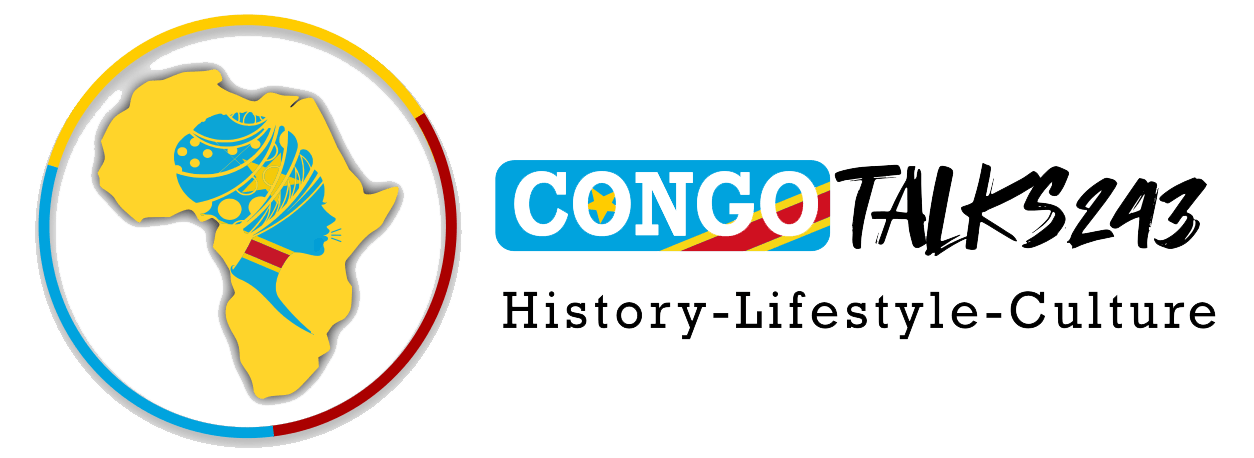THE BEAUTY AND CHALLENGES OF INTERRACIAL MARRIAGE
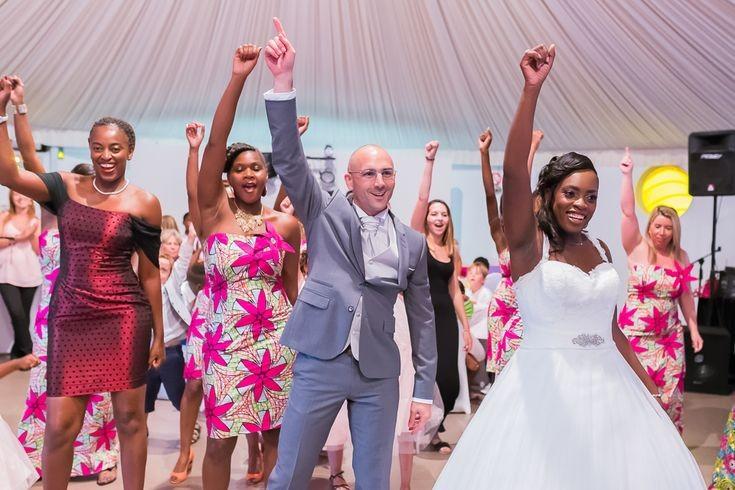
Interracial marriage is a union between individuals from different racial or ethnic backgrounds, a beautiful manifestation of love that transcends societal boundaries. People would probably have different opinions regarding the subjects. For example, people living in interracial relationships can support the marriage, people who were in it would also have something to say about it, […]
THE BEAUTY AND CHALLENGES OF INTERRACIAL MARRIAGE
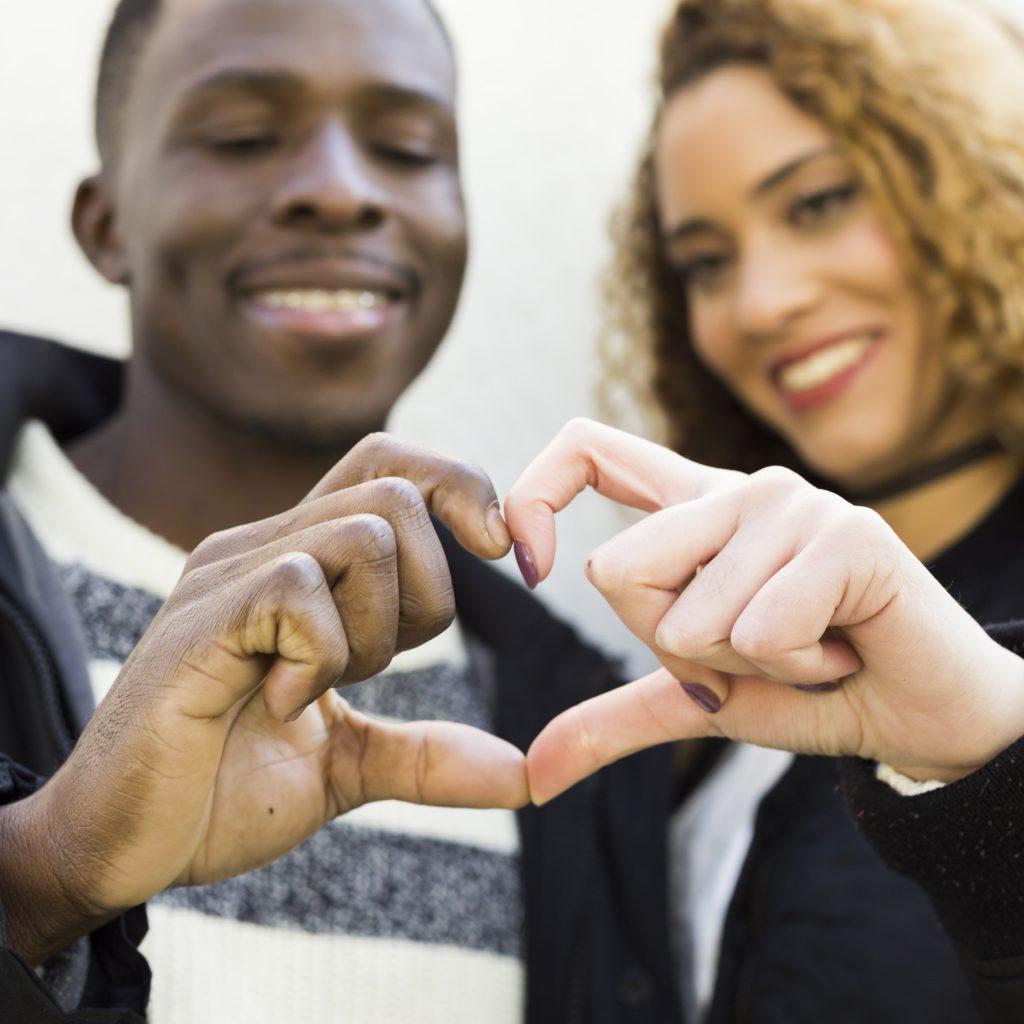
Interracial marriage is a union between individuals from different racial or ethnic backgrounds, a beautiful manifestation of love that transcends societal boundaries. People would probably have different opinions regarding the subjects and this article will give you some insights into those opinions. For example, people living in interracial relationships would support the marriage, people who […]
MOVING TO CONGO DRC: VISA AND CITIZENSHIP REQUIREMENTS AND CHALLENGES
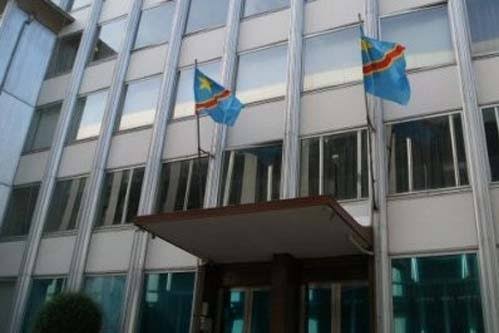
It is very important to travel, to venture out and discover the world in its cultural, historical diversity. The DRC is a very warm country, rich in mineral and natural resources, its wonderful biodiversity is even more attractive. In this article of Congotalks243, we will find out: How to travel to DRC and how to […]
WHICH CONGOLESE LANGUAGE SHOULD YOU LEARN BEFORE VISITING CONGO DRC
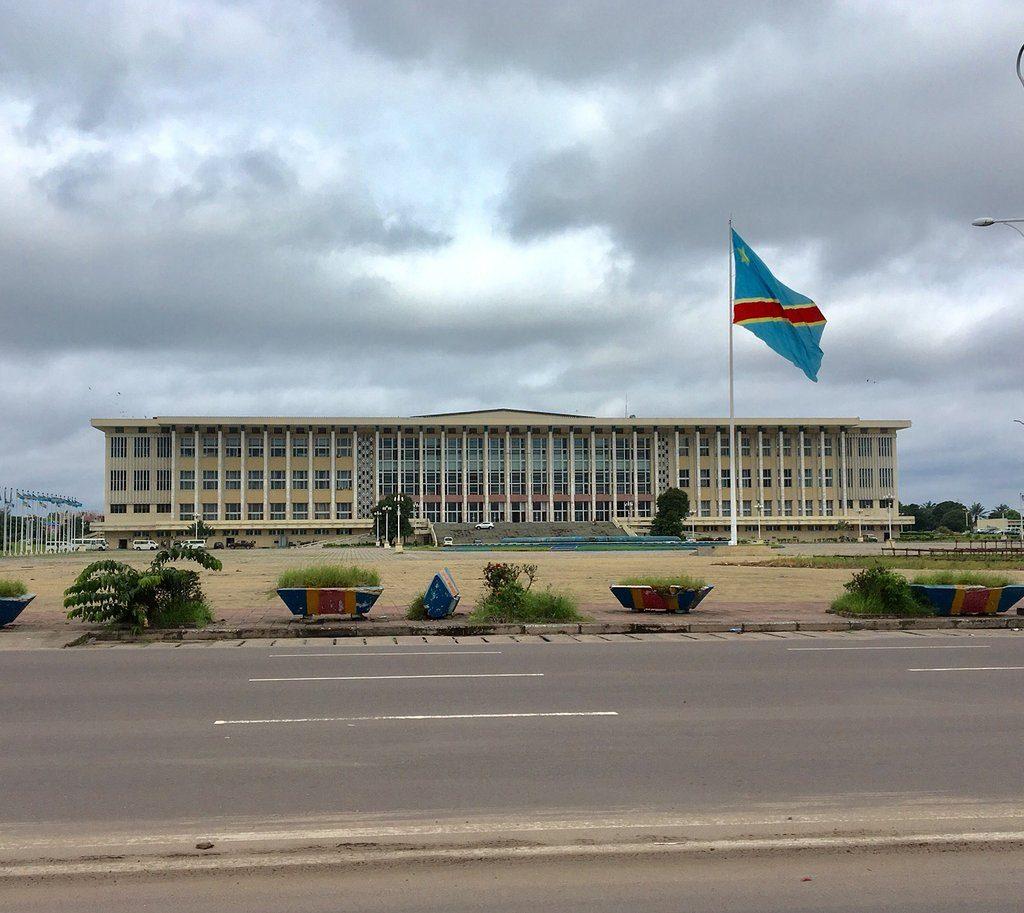
As with travelling to any country in the world, it is important to know one of the national or local languages of the destination country. The DRC is a vast country with more than 80,000,000 inhabitants, and about 250 ethnic groups, divided into several groups of which the Bantu represent 80% with the Luba, Mongo, […]
6 BREATHTAKING PLACES IN THE DEMOCRATIC REPUBLIC OF THE CONGO!
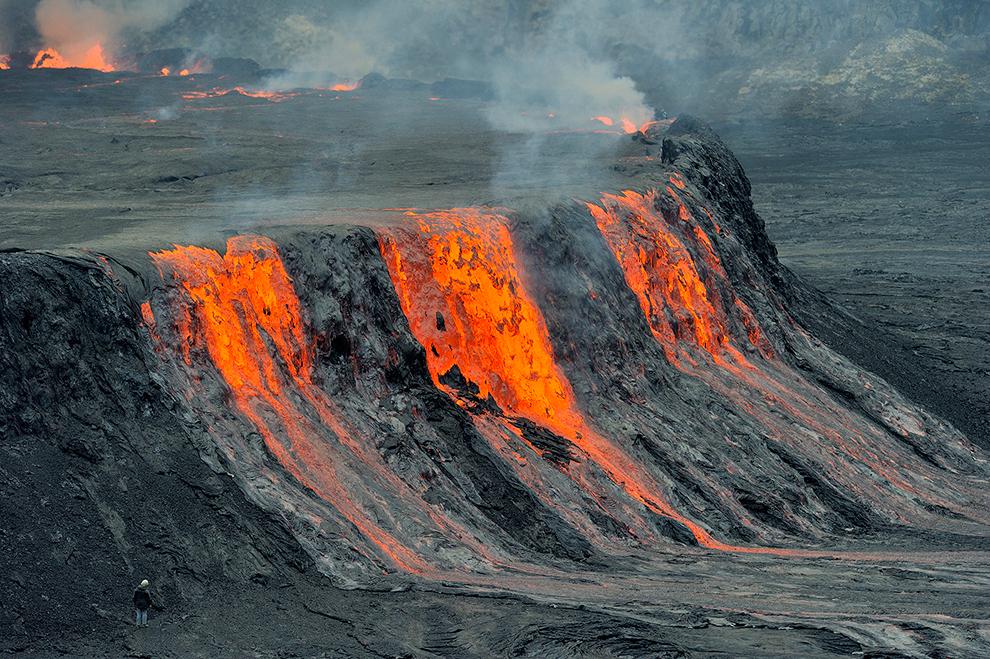
Let us show you 6 breathtaking places you won’t believe existed in the DR Congo. The Democratic Republic of Congo is a country very rich in natural resources and most other countries envy it for this fact – yes, they do! Grassy mountains, dense forests, hills, amazing waterfalls, lakes, and biodiversity have so much to […]
FUN, EASY, EVERYDAY PHRASES IN LINGALA
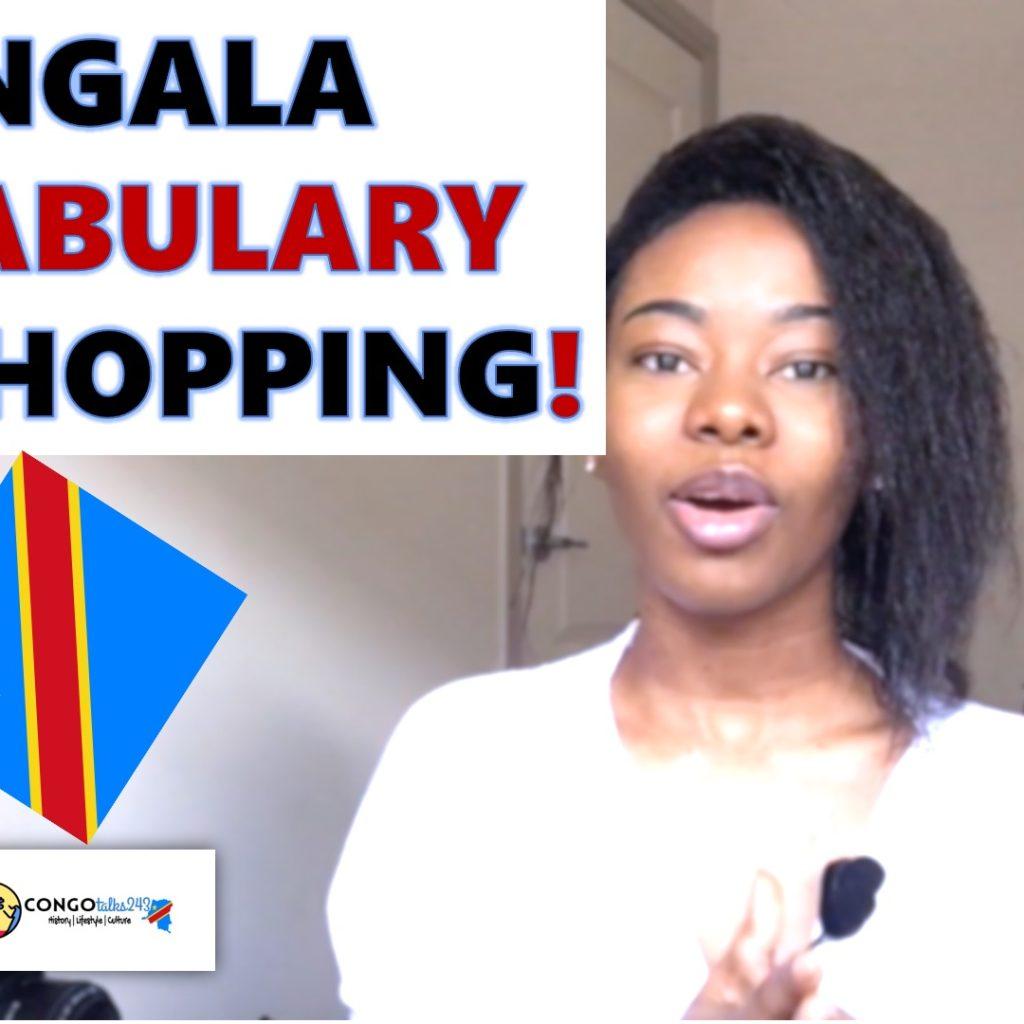
Let us show you some everyday phrases in Lingala to help improve your vocabulary in minutes. One of the wonders of Congolese culture is its splendid national language Lingala, which is the most widely spoken language in the Democratic Republic of Congo after French but it is also spoken in central African Republic, Congo Republic, […]
DR CONGO’S INCREDIBLE BIODIVERSITY
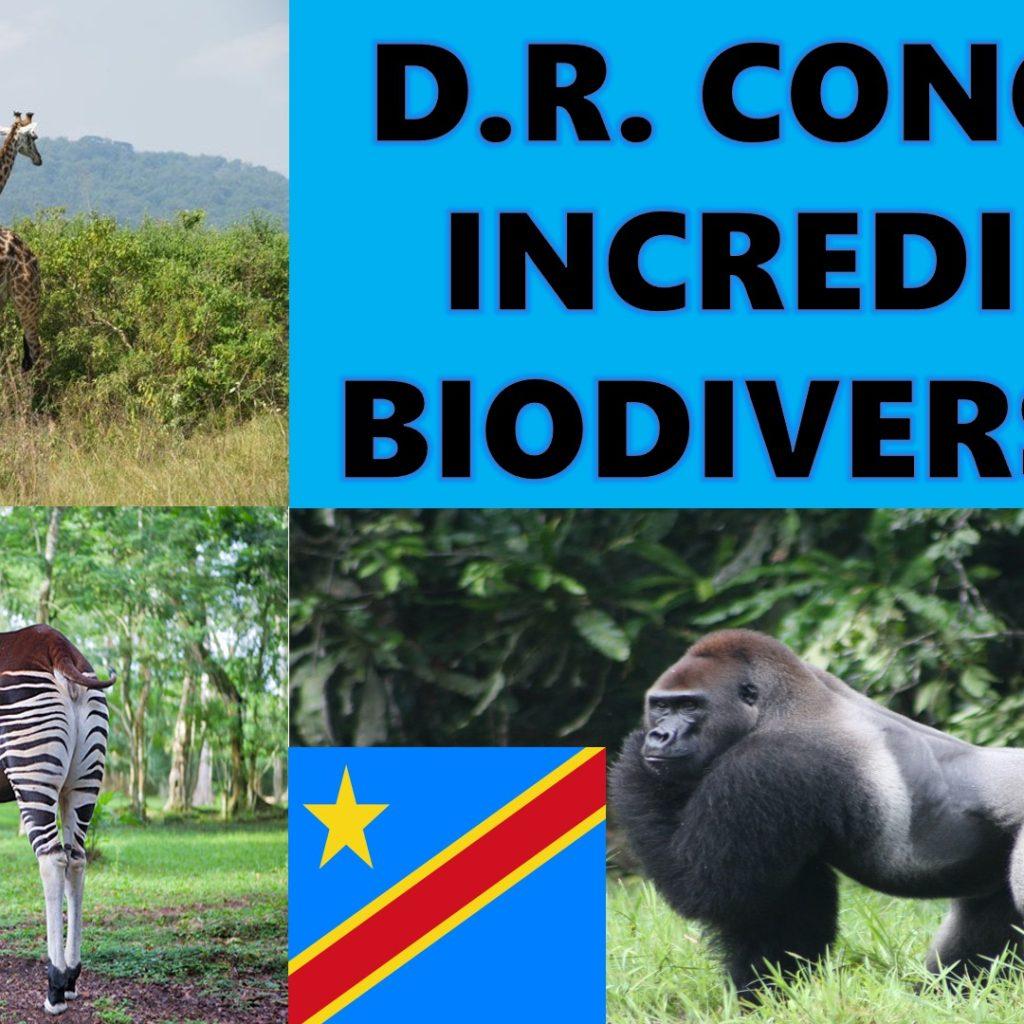
The DR Congo (DRC) is a vast country in terms of area and natural reserves, with incredible biodiversity. The DRC has large forests, almost 10% of the world’s reserve, 35% of Africa’s reserve, and several species of very interesting animals. So it will be the focus of this article based on the video from the […]
THE TRUTH ABOUT DATING CONGOLESE WOMEN
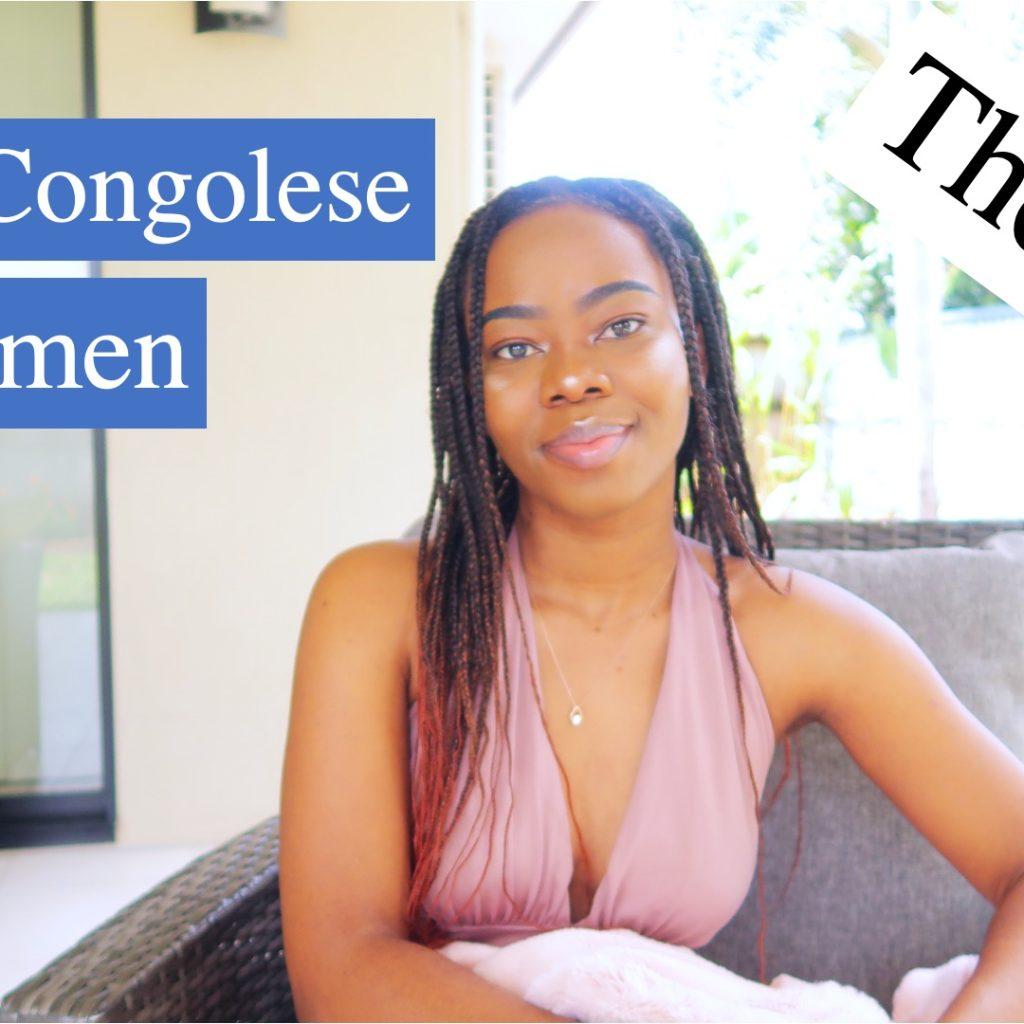
Interested in someone from a foreign land? Learn the ins and outs of dating Congolese women, from cultural values to relationship dos and don’ts. Today with business trips and study trips, we find ourselves in any country in the world far from our culture, and our habits at home, yet we might be interested in […]
9 BEAUTIFUL CITIES/TOWNS IN THE DEMOCRATIC REPUBLIC OF CONGO!

GET TO KNOW THE DR.CONGO You may want to know the most beautiful cities/towns in the Democratic Republic of Congo to think about visiting one day for its diverse fauna and flora, its waters, its mineral resources… In this cultural section of CongoTalks243, we will list 9 beautiful cities/towns of the Democratic Republic of Congo. […]
COST OF LIVING AND TRAVELING IN DR CONGO: A COMPREHENSIVE BREAKDOWN
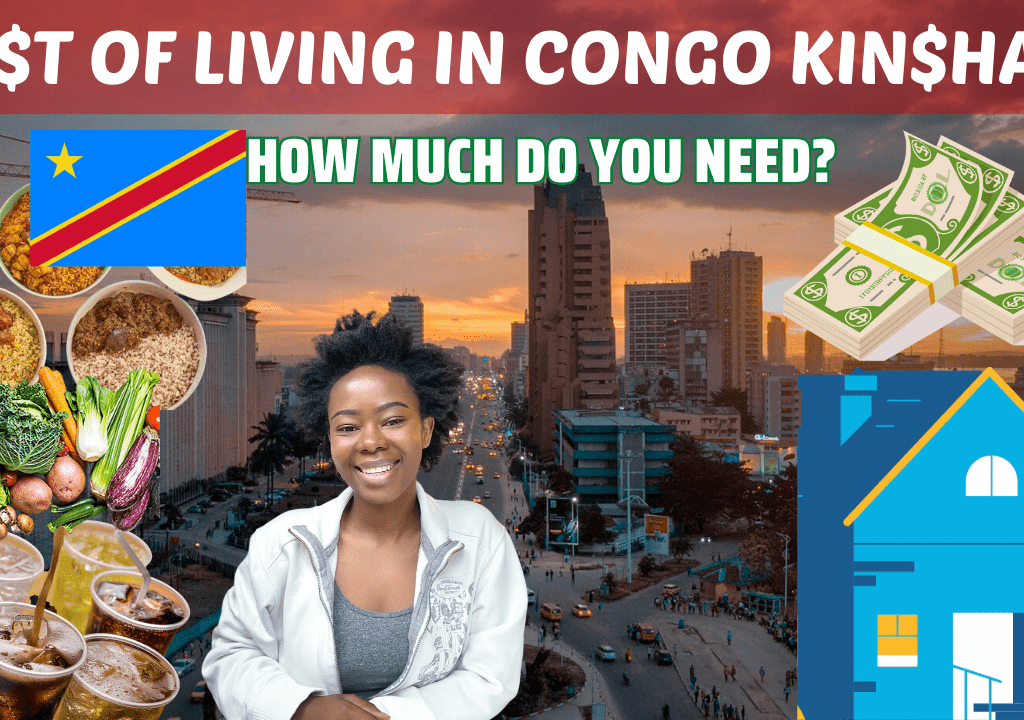
When planning a trip to the Democratic Republic of Congo (DR Congo), a primary concern for many is understanding the associated expenses. Thanks to the insights from Felicite’s YouTube video on her channel, CongoTalks243, travelers can gain a comprehensive view of the costs. Through her channel, Felicite showcases the history, culture, and lifestyle of the […]
